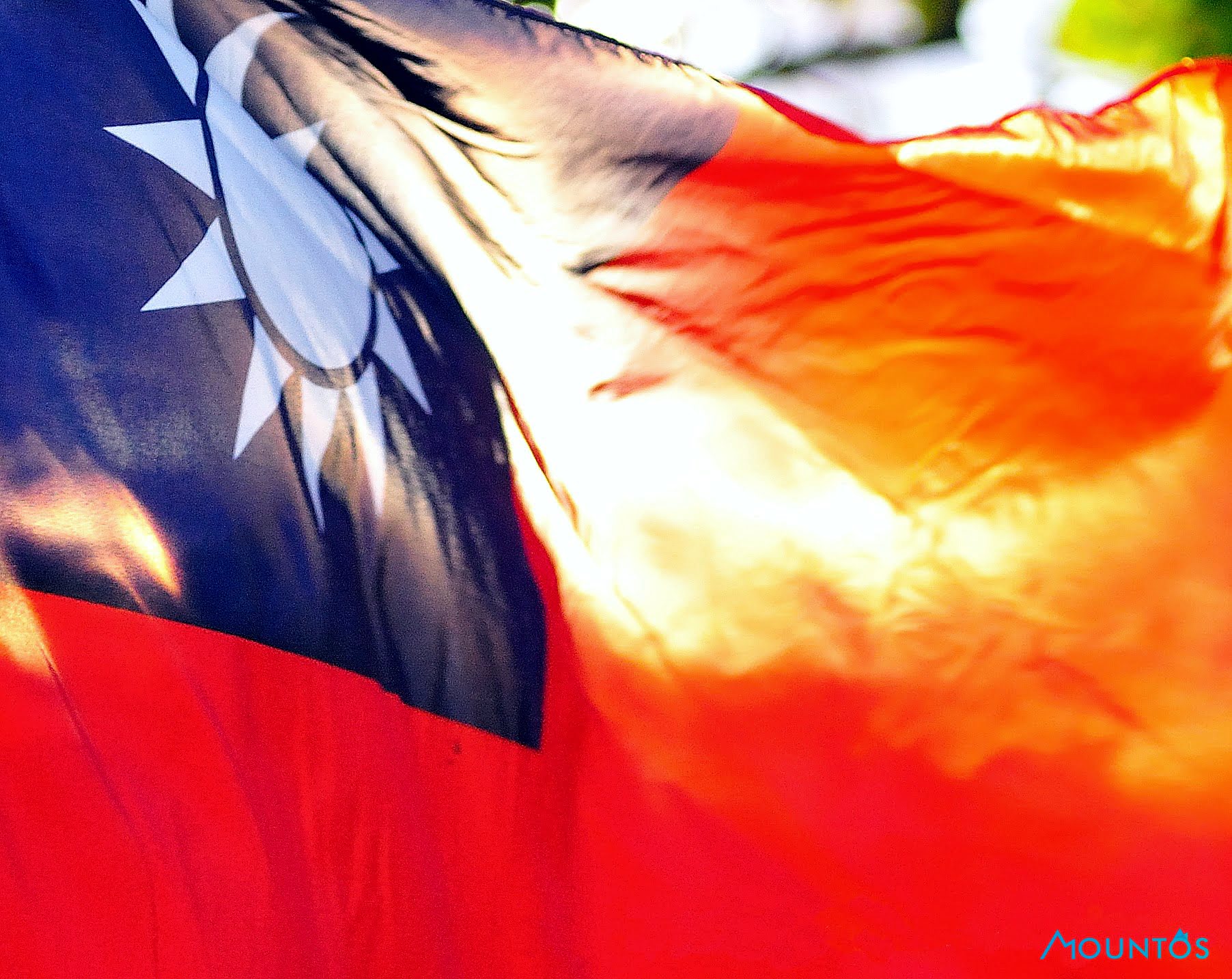ROC is the abbreviation for which country? It’s the Republic of China!

ROC is a common abbreviation that can refer to different organizational units, or even the roc, a giant bird in Arabian legend that is said to have a huge body, white feathers, eat elephants, and have immense strength.
But when ROC is used as an abbreviation for a country, the most common meaning is my country, the Republic of China (ROC) 🇹🇼.
The Republic of China is the first democratic republic in Asia, established in 1912, which once ruled mainland China, but after the Chinese Civil War in 1949, it could only control Taiwan Island, Hainan Island (which was lost after being invaded in 1950), Penghu Islands, Kinmen Islands and Matsu Islands.
The Republic of China still claims to be the legitimate government of China, but its recognition and participation in the international community are hindered by the People’s Republic of China (PRC) 🇨🇳.
The capital of the Republic of China is Taipei, the national flag is the blue sky, white sun and red flag, and the national anthem is the National Anthem of the Republic of China.
The history of the Republic of China can be divided into several stages:
- Beiyang government period (1912-1928): The Republic of China was established after the Xinhai Revolution, but politically fell into a long-term division between the north and the south, warlord chaos, and the society continued to move towards a free atmosphere.
- Nationalist government period (1928-1949): The Nationalist government led by the Kuomintang unified China, implemented constitutionalism, but broke with the Chinese Communist Party, and a civil war broke out. In 1937, the War of Resistance Against Japan broke out in full scale, and then became one of the main battlefields of World War II, during which the Kuomintang and the Communists briefly cooperated again. In 1945, Japan surrendered, and the Republic of China took over Taiwan. After that, the Second Civil War broke out. In 1949, the Chinese Communist Party established the People’s Republic of China on the mainland, and the Republic of China government retreated to Taiwan and lost control of Hainan Island in 1950.
- Taiwan period (1949-present): The Republic of China government in Taiwan continued to claim sovereignty over all of China, including the mainland, but lifted martial law in Taiwan in 1987, and then ended the period of mobilization for the suppression of the rebellion and amended the constitution for the first time in 1991, practically acknowledging that its jurisdiction only extends to the Taiwan area, and exchanges with the mainland under the legal framework of not recognizing the sovereignty of the People’s Republic of China, and then completed the full re-election of the parliament, direct election of the president and other democratization measures in the 1990s. In 2000, the Democratic Progressive Party won the second direct presidential election, achieving the first party rotation and peaceful transfer of power. The political system of the Republic of China is a semi-presidential system, with the president as the head of state and the premier as the head of government; the central government is divided into the Executive Yuan (cabinet), the Legislative Yuan (parliament), the Judicial Yuan, the Examination Yuan and the Control Yuan according to the spirit of the five-power constitution, and the local government is divided into 2 provinces, 6 municipalities, 13 counties and 3 cities according to the administrative divisions.
The Republic of China advocates basic values such as democracy, freedom, human rights, and the rule of law, and continues to promote policies such as universal health insurance, social assistance programs, and multilingual cultural development.
The society of the Republic of China is a diverse immigrant society, composed of groups such as Han, Austronesian and new residents. Under the framework of Chinese civilization, it is compatible with Austronesian, Japanese and Western cultures, and also develops in the fields of visual arts, literature publishing, performing arts, film and drama.
The Republic of China was once a member state of the United Nations and a permanent member of the Security Council, and participated in the founding of the United Nations. Even in the Charter of the United Nations, it is still one of the five permanent members of the Security Council as the Republic of China.
But in 1971, under the policy of the United States government to unite with the Communists and resist the Soviets, it changed to support the People’s Republic of China to obtain the seat of “China” in the United Nations, leading to the Republic of China gradually losing universal recognition in the political operation. The People’s Republic of China has long claimed to have sovereignty over Taiwan, and is often regarded as the biggest military threat to the Republic of China, but it is also the latter’s largest economic and trade partner.
The Republic of China currently has 13 diplomatic allies, and develops unofficial partnerships with non-diplomatic countries such as the United States and Japan, and is also a member of several intergovernmental international organizations and multilateral mechanisms.
The Republic of China operates a market economy, mainly based on manufacturing, service and trade industries, and occupies an important position in the global economy. It has a high degree of economic and trade dependence on the international community, and is also an important leader in the semiconductor and information and communication technology industries.